Hard Time MDickie
I am always fascinated by the kinds of video games that the rising amount of "one-man team" game developers can come up with. Developer Mat Dickle's 2007 game Hard Time is no exception. The player can design a custom avatar from an impressively wide variety of stats and appearance modifiers. He (and I use this pronoun because all avatars are suspiciously male) is then thrown into a prison environment with real-time events such as "lunch time", "lock down" and even the occasional "terrorist attack"!. It is evident that this game with all its procedurally ensuing hilarity is part of the trend of "great terrible games", a subversive genre of games that unabashedly feature comically poor characters, environments and purposefully cheesy dialogue. On my first play through I struggled with in-game obesity, depression and gang violence on a daily basis.
As I mentioned earlier, I was inspired by this game because I am in awe of the rich, dynamic self-contained gamespace and deeply comical characters that Mat Dickle has been able to create all by himself. And he isn't even remotely humble of his tendency to fly solo; crediting himself several times through all of his games' end credits and putting the following quote from Bruce Lee on the masthead of his website:
"The creative individual is more important than any established style or system"
--Bruce Lee
Although his writing style might be lacking in humility, an indie developer such as myself cannot help but feel a small, albeit vicarious, sense of empowerment to see a fellow developer compete with larger and better-funded teams to refreshingly unique content with a robust shelf life. I spent some time thinking on how a single developer team like Mat Dickle can produce seemingly vast content. It seems to me that he focused on reusability and symbolic abstractions wherever possibility. Creating assets for games is a costly and time-consuming process; wouldn't it maximize efficiency of these hard-earned assets to reuse them with procedurally generated modifications wherever possible rather than treating them as singletons? To compliment this reusability, we can also take advantage of the human tendency to find patterns and reduce complexity down to its core components and then restrict ourselves as developers to create only these components to create believable patterns and let the player project the superfluous details themselves.
From what reading I have done on Mat Dickle so far, it seems clear he has built his engines and tools himself; he credits himself for the creation of everything in his game. This is not hard to believe as Dickle as been working on open source games long before heavyweight engines like Unity and Unreal were open to the general public. As far as his inspirations, rather than standing on the shoulders of giants he seeks to topple them, expressing his distaste of "the bureaucracy of a team". While personally I cherish the opportunity to work with other developers every now and then, after experiencing some of Mat Dickle's solo work, I am compelled to set my sights higher and approach projects I may have once deemed out of my reach.
via GIPHY
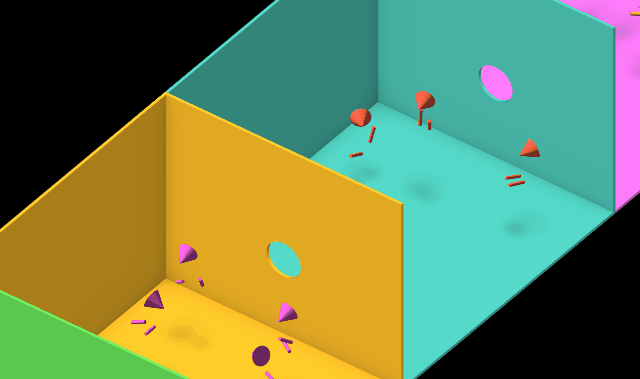

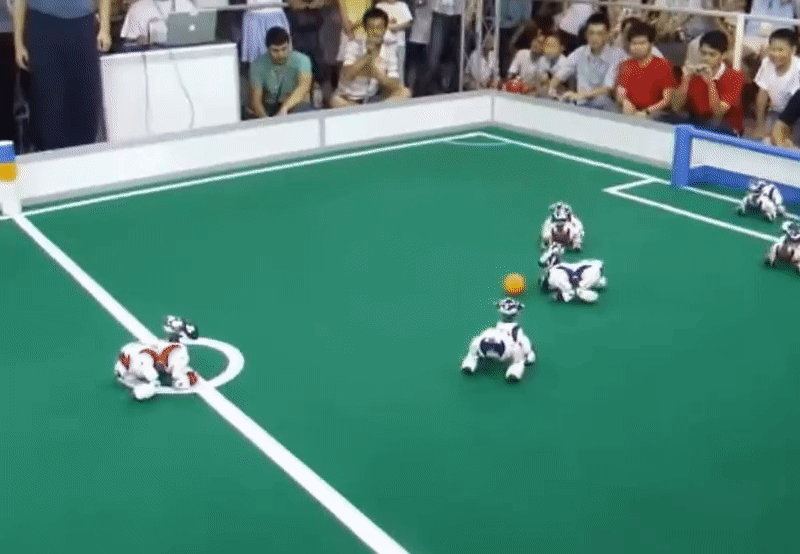



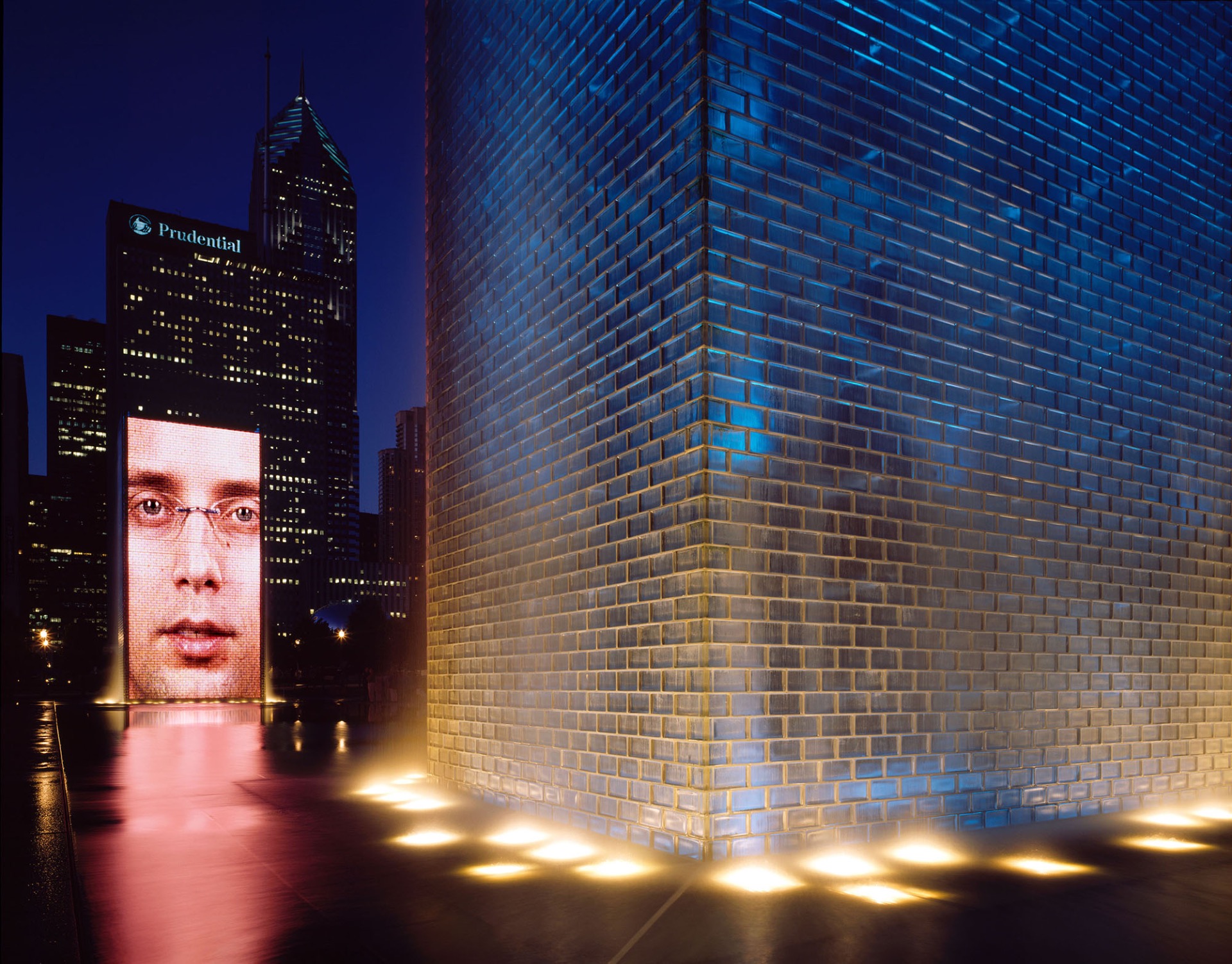
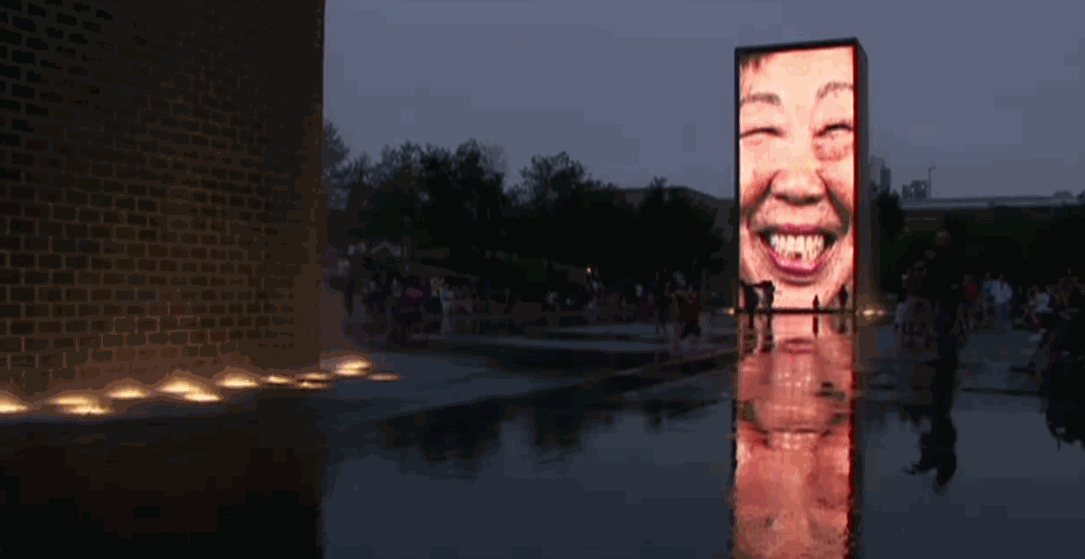

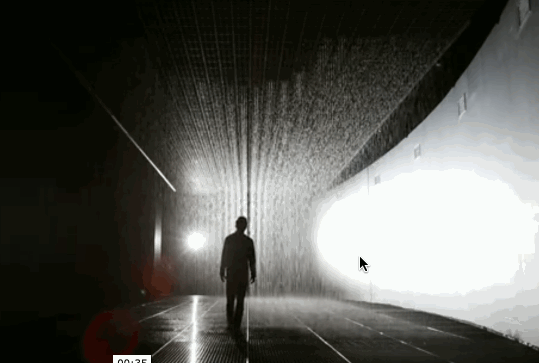
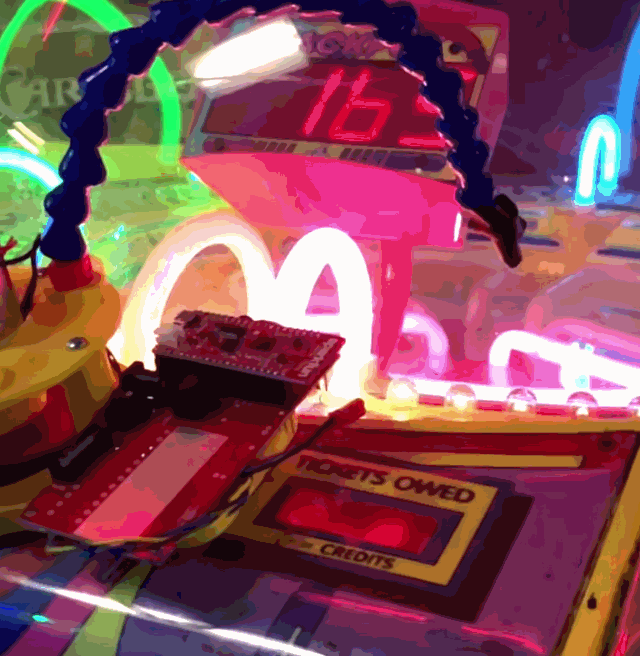 Mark Rober is a YouTube creator who uses a range of scientific and creative methods to solve curious problems. This project is a robot
Mark Rober is a YouTube creator who uses a range of scientific and creative methods to solve curious problems. This project is a robot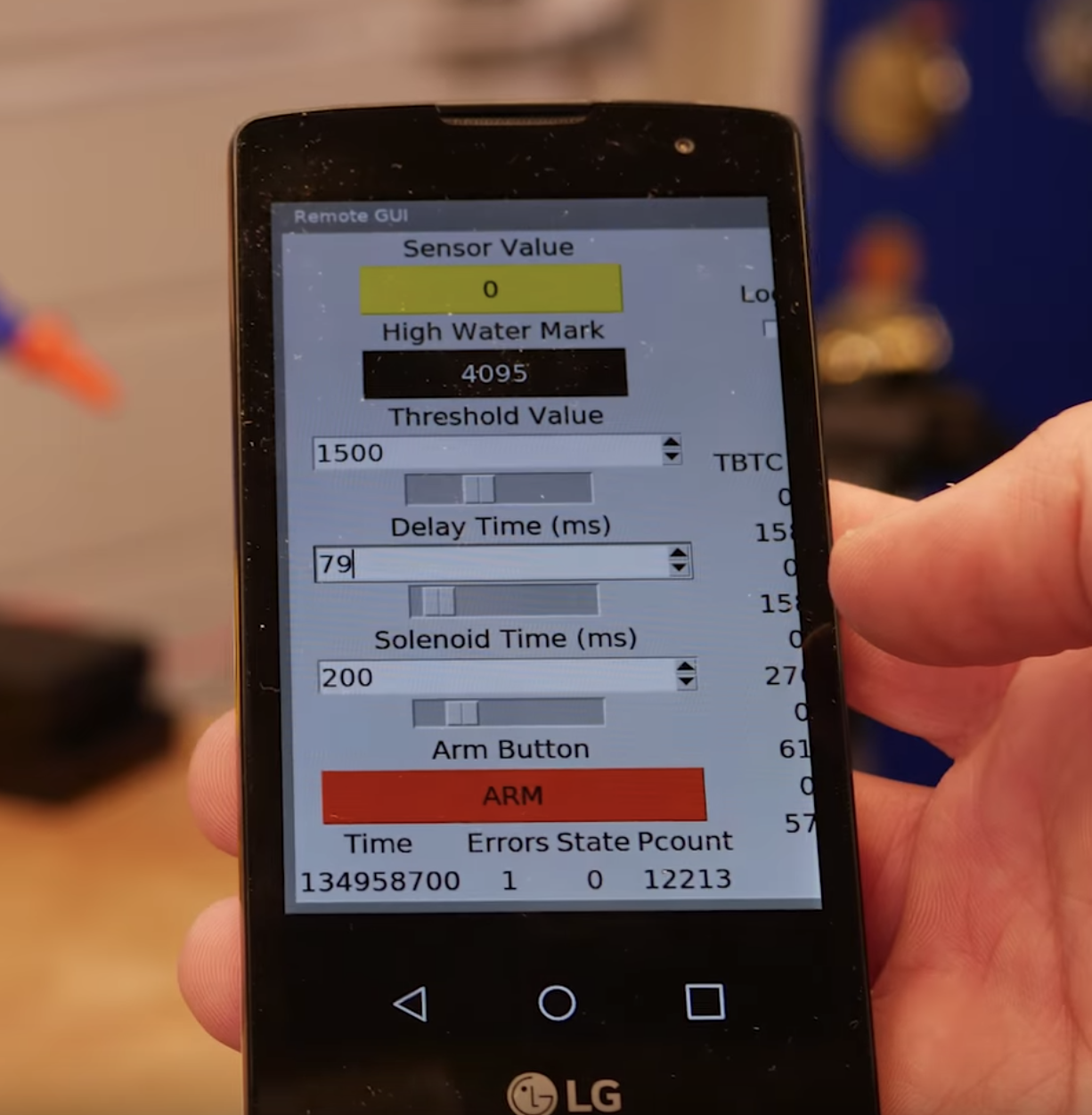 his home studio.The device was made with 3D-printed parts and includes an Arduino programmed to depress a plunger when a flashing light is detected. This connects via WiFi to an app developed to give the user fine control of the delay between when a light flashes and when the plunger is activated.
his home studio.The device was made with 3D-printed parts and includes an Arduino programmed to depress a plunger when a flashing light is detected. This connects via WiFi to an app developed to give the user fine control of the delay between when a light flashes and when the plunger is activated.